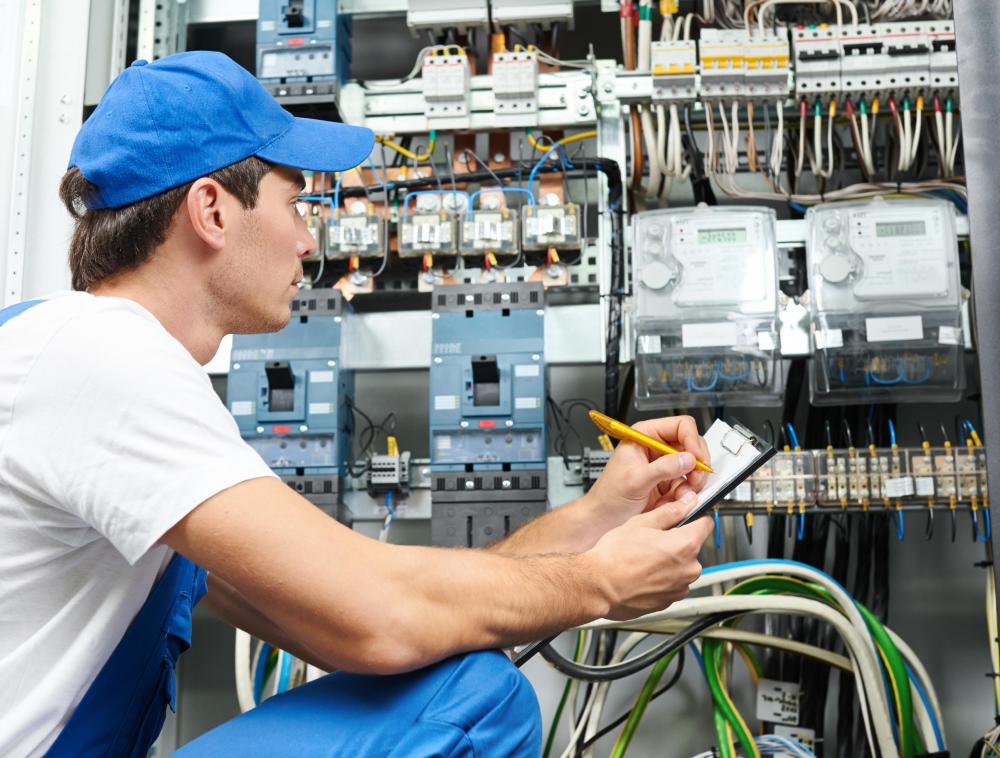What Are The Advancements In Electrical Engineering For Renewable Energy Integration?
Renewable and distributed energy integration and interconnection are among the most important issues of concern when it comes to the world's energy needs. Today, we cannot ignore the fact that there is an urgent need for us to think about renewable energy sources if we want to maintain a balance between the demand for energy and the availability of resources. Renewable energy sources can be generated using wind, solar, geothermal, and hydroelectric power plants.
The integration of renewable energy into the power grid is essential to ensure that the increasing energy needs of the world are met. The use of renewable energy sources helps reduce carbon emissions, which is an important factor in mitigating climate change. At the same time, it also helps us to reduce our dependence on fossil fuels, which are finite resources. By integrating renewable energy sources into the power grid, we can create a more diverse and resilient energy system.
Renewable energy integration also makes us realize the need for interconnection between various energy systems. Interconnection is the ability of different energy systems to work together seamlessly, such that the energy produced by one system can be used by other systems effectively. Interconnection allows for the efficient distribution of energy among various sources and helps to ensure that energy is available to meet the demand when needed.
Another important aspect of renewable energy integration and interconnection is the development of distributed energy grids. Distributed energy grids refer to a system where multiple sources of energy are distributed over a localized area, and the energy is supplied to the local consumers. This creates a more stable and resilient energy system by reducing the dependence on large central power plants and transmission lines.
The development of distributed energy grids is a step towards ensuring energy security for local communities. Distributed energy grids also help to reduce transmission losses by reducing the load on the transmission lines. This means that energy can be delivered more efficiently, and there is less need for expensive and time-consuming upgrades to the transmission infrastructure.
The integration of renewable energy into the power grid and the development of distributed energy grids require advanced technologies that can monitor and control the flow of energy between various sources. Digital technologies, such as advanced control systems and software, sensors, and data analytics, play a crucial role in managing renewable energy sources effectively and efficiently.
Advanced control systems help grid operators to manage renewable energy sources effectively by ensuring that the energy produced by each source is dispatched effectively. Software tools like demand response systems help to balance the demand for energy with the supply of energy, which helps to reduce the need for additional fossil fuel-based power plants. Sensors and data analytics tools help to monitor the performance of renewable energy systems and help identify potential issues before they become critical.
Another important aspect of renewable energy integration and interconnection is the role of policy makers and regulators. Policy makers and regulators need to create a supportive regulatory environment that encourages the development of renewable energy technologies and incentivizes the deployment of renewable energy systems. This includes policies like feed-in tariffs, renewable portfolio standards, and tax incentives that encourage the deployment of renewable energy technologies.
- What Considerations Are Involved In Designing Electrical Systems For Data Centers And Cloud Computing Infrastructure?
- How Is Electrical Engineering Involved In The Development Of Smart City Infrastructure And Intelligent Urban Systems?
- How Does Electrical Engineering Contribute To The Analysis And Optimization Of Power System Dynamics And Transient Stability?
At the same time, policy makers and regulators need to ensure that there is fair competition in the energy market, and that the development of renewable energy systems does not result in monopoly power being concentrated in the hands of a few players. This requires the development of policies that promote competition and openness in the energy market, such as open access provisions and unbundling of energy services.
Finally, it is important to note that the integration of renewable energy into the power grid and the development of distributed energy grids require a change in mindset and culture. We need to adopt a more collaborative and integrated approach to energy management that brings together various stakeholders, including energy producers, grid operators, policy makers, regulators, and consumers.
We need to recognize that energy is a shared resource, and that our collective actions can make a significant impact on the environment and society as a whole. By working together and adopting a proactive approach towards renewable energy integration and interconnection, we can build a more sustainable and resilient energy system that meets the needs of the present and future generations.




Post a Comment for "What Are The Advancements In Electrical Engineering For Renewable Energy Integration?"